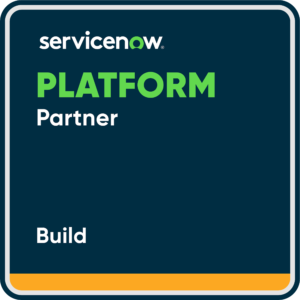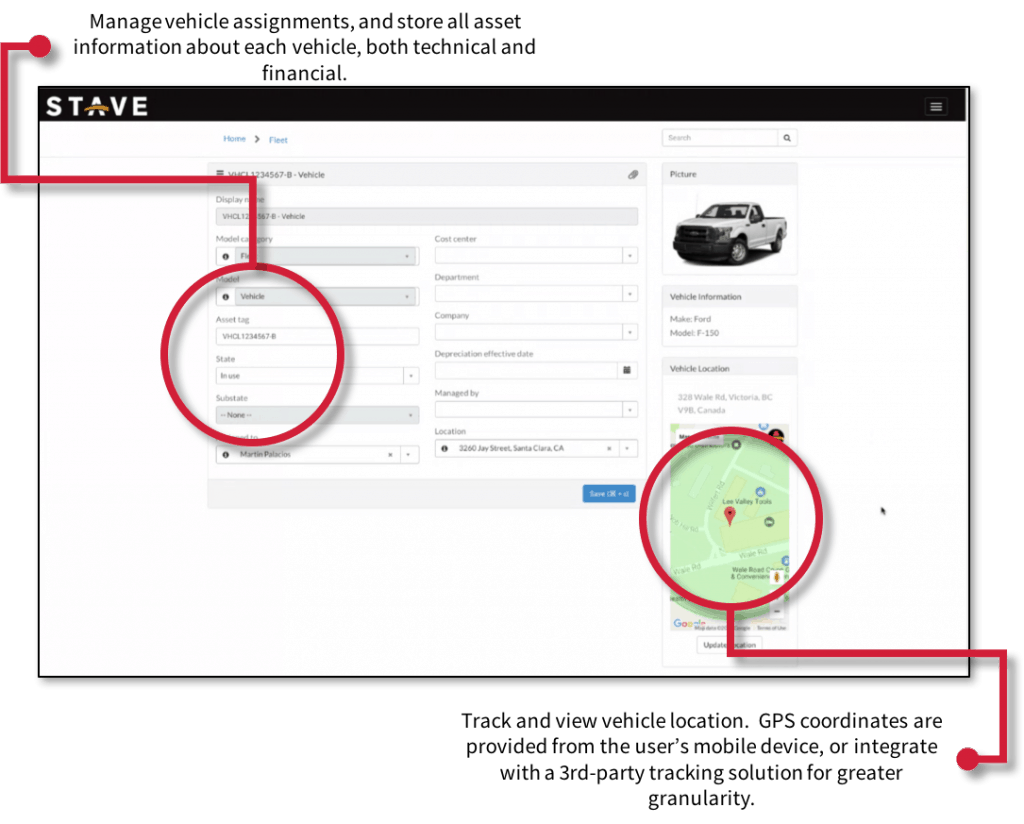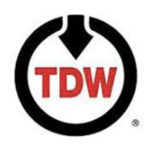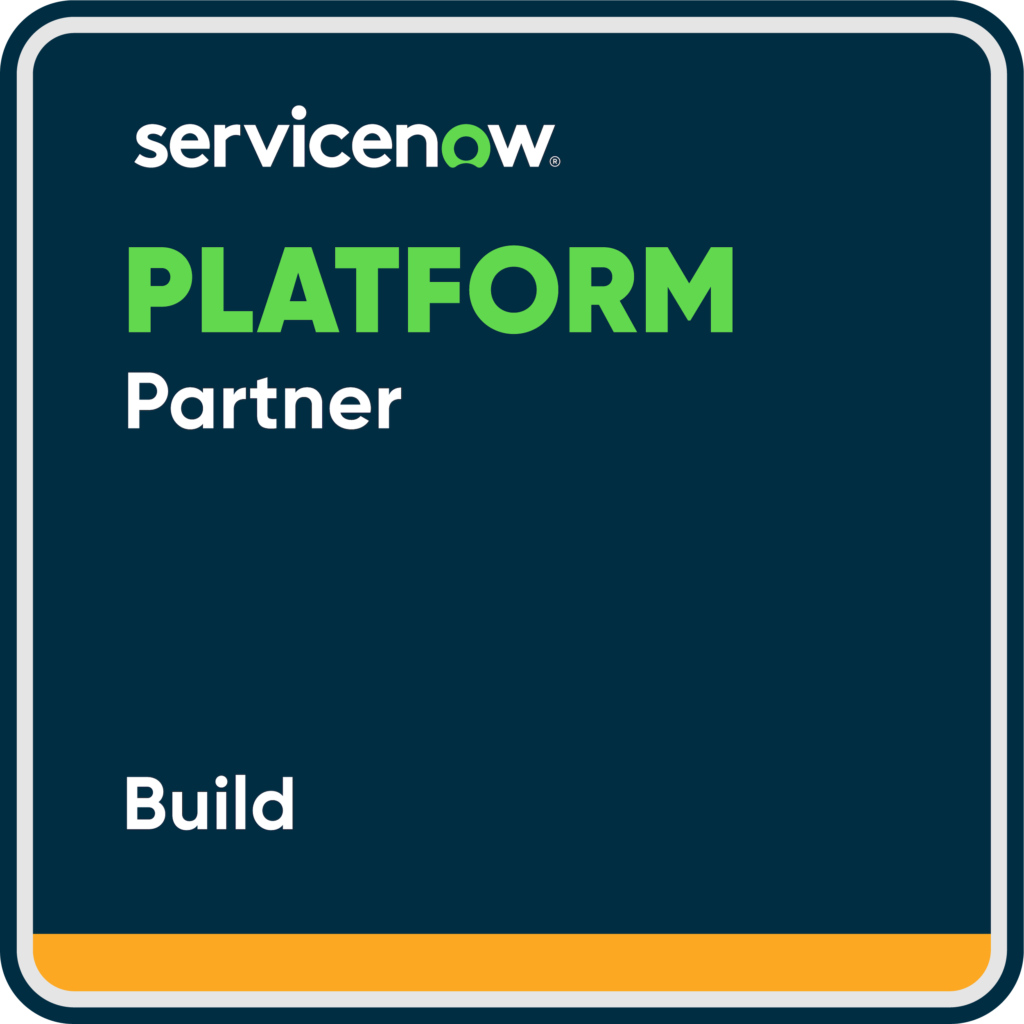
Data-Powered Fleet Intelligence on ServiceNow
Enabling visibility, compliance, and agentic AI for modern fleet operations.

Turn Telematics into Smart, Predictive Operations
Transform the way you oversee your fleet with Stave Fleet Manager, your comprehensive solution for peak fleet performance, all on the ServiceNow platform.
Today’s fleet operations generate a massive amount of data—from GPS and fuel usage to diagnostics and inspections. But much of it stays locked in dashboards and disconnected systems. Stave Fleet Manager transforms that data into actionable intelligence and injects it directly into ServiceNow workflows.
“Most fleet systems report what happened. Stave Fleet Manager prepares you for what’s about to happen.”
The Future of Fleet Management: Insight Over Information
Most systems just visualize data. Stave goes further:
- Transforms raw inputs into structured, scored signals
- Routes those signals into automated ServiceNow work orders
- Triggers procurement, compliance, and service workflows
- Surfaces real-time intelligence to support proactive decisions
This is the foundation of modern fleet intelligence—and the shift from reactive firefighting to proactive fleet control.
Fleet Challenges Solved with Intelligence
❌ Fragmented telematics and fuel data
❌ Reactive maintenance
❌ Inconsistent inspections
❌ Procurement delays
❌ Underused telematics
Stave’s Fleet Intelligence solution:
✅ Unified and aligned with asset records
✅ Work orders triggered before failures occur
✅ Mobile forms scored and actioned in real-time
✅ Inventory replenishment driven by usage patterns
✅ Data made actionable inside ServiceNow

How Does Fleet Intelligence Work?
- Data from GPS, sensors, inspections, and fuel cards is ingested.
- Each input is weighted by usage history and operational risk.
- High-risk events automatically trigger ServiceNow workflows:
- Preventive maintenance work orders
- Real-time procurement tasks
- Compliance escalations from scored inspections
- Full traceability is maintained in FSM/EAM dashboards.
This isn’t just data collection—it’s operational command.
Securely access and manage your fleet operations from any device

Achieve total vehicle inventory management visibility by utilizing AssetPath’s automated inventory tracking allowing you to stay organized, improve efficiency, and lower costs.
Gain a comprehensive view of your fleet’s availability, location, configuration, status and ownership in real time.
Manage your fleet’s maintenance needs by scheduling maintenance or requesting ad hoc maintenance.
The vehicle record maintains all of that particular vehicle’s demographic and statistical data. Basic information such as the vehicle make and model, license plate number, VIN number, and mileage is automatically captured in the system.
Stay connected and informed whether on the road or in the office
Users can check in and out vehicles themselves though the system. Plus they only have access to those vehicles that are they are allowed to drive.
User can fuel up a vehicle and record the cost, number of gallons, fuel type, and even attach the receipt for each fuel purchase to that vehicle record, which can be tracked and ultimately reported on.
No more scheduling vehicle reservations via multiple email chains, spreadsheets, or whiteboards. With Fleet Manager, drivers can do it themselves through the system
Fleet Manager utilizes an intuitive, user-friendly portal for users to submit vehicle maintenance requests with the click of a button.
Monitor the real-time location and status of all fleet assets for improved visibility and control.
Manage the complete fleet lifecycle, from acquisition to disposition, streamlining processes and reducing administrative overhead.
Maintain detailed maintenance records for each vehicle, helping to reduce maintenance expenses and downtime.
Identify and resolve potential issues before they disrupt fleet availability and increase costs.
Implement proactive maintenance schedules to maximize fleet availability and extend asset lifecycles.
Enhance fleet security and safety measures to reduce liability and minimize risks.
Seamlessly integrate with ServiceNow for a holistic fleet management solution, leveraging the power of the platform.
Effectively manage operator availability, skills, certifications, and historical data for optimized workforce management.
Generate custom reports and analytics to gain actionable insights for better decision-making.
Organize and track fleet maintenance parts inventory efficiently, ensuring you have the right parts when needed.
Keep track of deadlines and statuses for inspections and certifications to ensure regulatory compliance.
Efficiently manage fleet warranty items to minimize repair costs and maximize coverage.
Align fleet requests with work orders and organizational tasks for improved task management.
Streamline the fleet check-in and check-out process, reducing administrative burdens.
Decrease risks associated with legacy fleet management systems by adopting modern and efficient practices.
Increase management productivity through automation and comprehensive reporting.
Manage the complete fleet lifecycle, from acquisition to disposition, streamlining processes and reducing administrative overhead.
Monitor the real-time location and status of all fleet assets for improved visibility and control.
Identify and resolve potential issues before they disrupt fleet availability and increase costs.
Maintain detailed maintenance records for each vehicle, helping to reduce maintenance expenses and downtime.
Implement proactive maintenance schedules to maximize fleet availability and extend asset lifecycles.
Enhance fleet security and safety measures to reduce liability and minimize risks.
Native to ServiceNow, unifying fleet data, workflows, and dashboards in one platform.
Effectively manage operator availability, skills, certifications, and historical data for optimized workforce management.
Organize and track fleet maintenance parts inventory efficiently, ensuring you have the right parts when needed.
Generate custom reports and analytics to gain actionable insights for better decision-making.
Efficiently manage fleet warranty items to minimize repair costs and maximize coverage.
Keep track of deadlines and statuses for inspections and certifications to ensure regulatory compliance.
Align fleet requests with work orders and organizational tasks for improved task management.
Streamline the fleet check-in and check-out process, reducing administrative burdens.
Decrease risks associated with legacy fleet management systems by adopting modern and efficient practices.
Increase management productivity through automation and comprehensive reporting.

Customer Feedback:
Answer: "Stave Fleet Manager has been a complete game-changer. It's like having a fleet management assistant that never sleeps. I've witnessed a remarkable transformation in how we handle our fleet since embracing this solution. Our fleet's availability has soared, making us incredibly efficient. The real-time tracking and end-to-end visibility have empowered us to foresee potential issues, keeping costly downtimes at bay. Moreover, our maintenance costs have nosedived, thanks to detailed maintenance records and preventative maintenance planning. Stave Fleet Manager has revolutionized our fleet management, helping us cut down risks and save valuable resources. I want to extend my heartfelt appreciation to the Stave team for delivering such a stellar tool!"


































